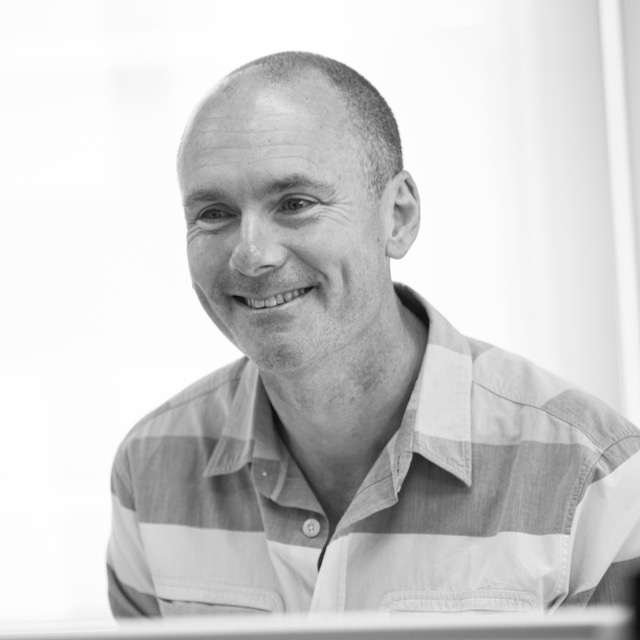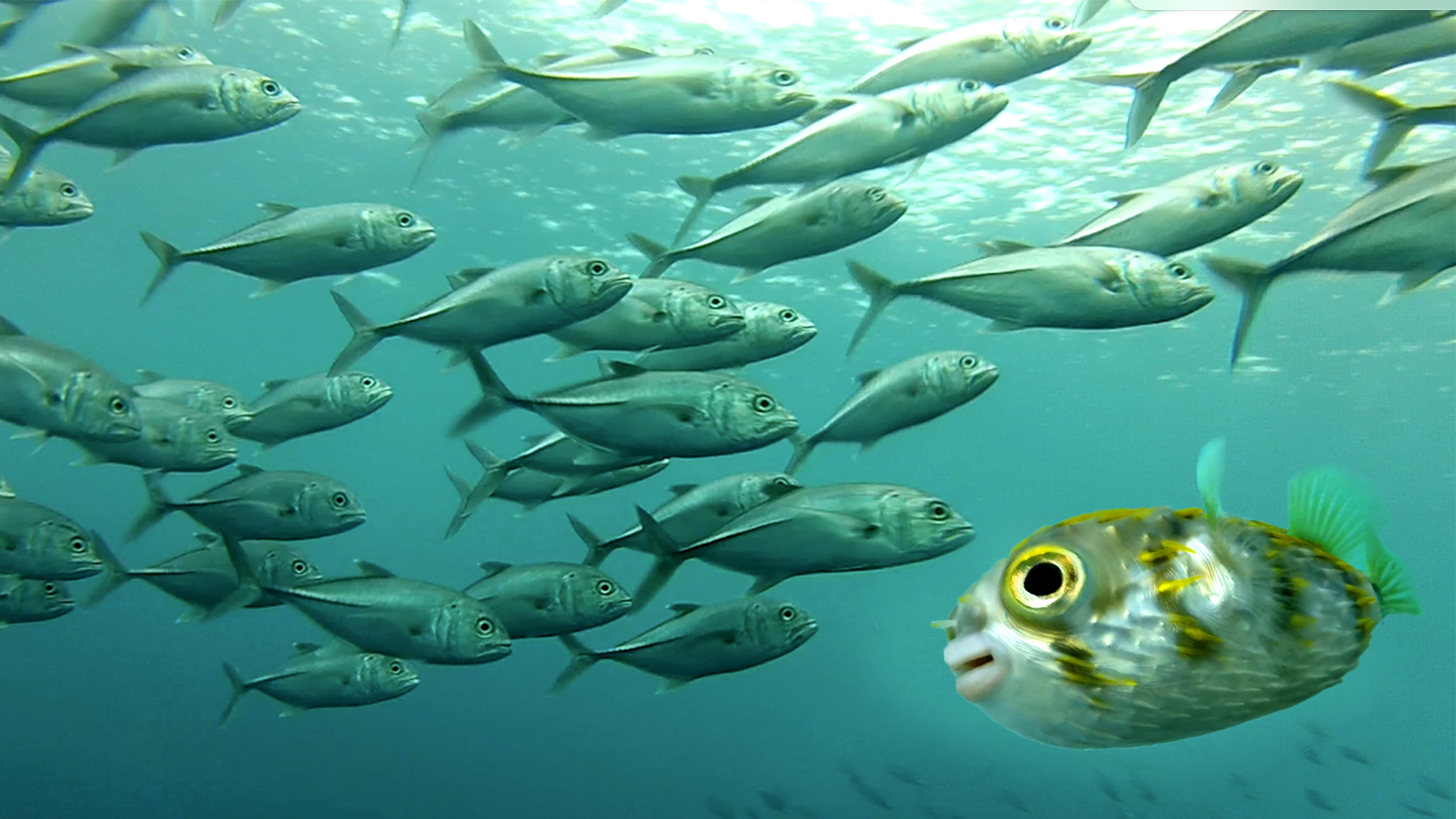Why some businesses do different | Why different and disruptive are – well – different | What it takes to do different | How to tell a different story with impact
Two weeks ago, Yvon Chouinard and Patagonia broke the mould. Again.
Patagonia was the first company to give 1% of revenue to nature activism. It was a pioneer in the BCorp movement. Its mission statement simply says: “We’re in business to save our home planet.”
To protect that legacy, this billion dollar business just transferred ownership of 100% of its voting stock to The Patagonia Purpose Trust, created to protect the company’s values. And it transferred 100% of its non-voting stock to The Holdfast Collective, a not-for-profit dedicated to fighting the environment crisis and defending nature. After paying its bills and reinvesting in the business, the company will pay an annual dividend to The Holdfast Collective to power its fight. In effect, nature is now the only shareholder in Patagonia.
"There were no good options available, so we created our own"
Conventional wisdom had nothing to offer. Existing models did not serve the purpose. So they did different.
Different | disruptive | discuss
Different and disruptive both have light and dark sides. Eddie Izzard is different. As an openly trans person in the 1980s, different got her into fights. As an openly trans person in standup comedy, different got her top billing. It’s cool to be different. It’s not cool to be ‘different’.
Many in commerce, in finance, in corporate governance, will look at Patagonia and want to pick that fight. No fund manager will get commissioned, no matter how Patagonia’s ‘stock’ rises. No investment banker is going to get a bonus. Patagonia profits will get handed to activists with superglue, not the Wall Street Journal, in their palms. With prison records, perhaps. Who maybe wouldn’t know their RoI from their R&B. That’s what the critics will say.
And Patagonia Inc remains a for-profit enterprise, extracting high prices from high end consumers for high tech gear. Some will point at that and shake their heads.
"There’s discomfort in different, for you, for your tribes. That’s what different is: sometimes imperfect, improvisational, immodest."
So there’s discomfort in different, for you, for your tribes. There can be sharp corners on your circular manufacturing, u-bends in your philanthropy, contradictions in your philosophy. That’s what different is: sometimes imperfect, improvisational, immodest.
Is Patagonia also disruptive? Again yes, and also no. Patagonia’s impact has made it impossible for any other outdoor clothing brand not to be transparent and progressive about: the materials they use, their supply chains, repair, re-use and recycling. It’s done that by demonstrating that the environment and people matter, making whole tribes of consumers care about ethics almost as much as they do about style and price. They’ve changed an entire industry. That’s disruptive.
But their aim has always been to create a new consensus, not corner a market. To bring others with them, not shut them down. That’s true of pretty much any business or organisation that has done different.
In many boardrooms disruptive means doing something new and then pulling the ladder up on adversaries. Shutting them out. Putting up barriers. It’s the ‘standard model’ of competitive strategy for tech start-ups and if you can achieve that degree of technical innovation and differentiation you will earn – and deserve – a lead in your market. That’s good for early growth, for funding, and for scale.
"To make your difference you will need to collaborate as hard, or harder, than you compete."
There comes a moment – maybe this is the fulcrum of the different | disruptive debate – where you ask yourself: am I having the impact I wanted? Am I making my difference?
And, almost certainly, to make your difference you will need to collaborate as hard, or harder, than you compete.
How to do different
So what does it take to do different – and not just at the Patagonia scale? What motivates different? And how can you tell that story so that your endeavour creates the change you want to see?
We’ve written about Patagonia before in relation to the power of the founder’s story. Their latest move follows the same principles that saw them redesigning climbing equipment because conventional designs damaged the environment. See something that needs changing, needs fixing. Right a wrong that needs to be righted, and put that at the heart of the business. They’re in the business to save our home planet, and this is the next chapter of the same story.
"Different does well in the marketplace when it’s easily understood, and when it taps into a collective consciousness."
What else can we pull out of Patagonia’s story? Single-mindedness, courage, longevity.
Different does well in the market place when it’s easily understood, and when it taps into a collective consciousness. Some might say, what business is it for a business to save our home planet? Isn’t that the job of world leaders and environmental campaigners? Patagonia has made it all of our business, through taking ethical consumerism to the next level.
A different take on profit
On a smaller scale but with the same passion to save the planet is Haeckels, a wild fragrance and ecological skin care brand based in Margate, UK. Haeckels was founded in 2012 by a volunteer beach warden and coastal enthusiast Dom Bridges. Haeckels uses seaweed picked by hand on their local beach as the base for all of their products.
They describe themselves as an amplifier of the natural world and as a community problem solver. Driven by trying to solve the waste problem – be that through the use of waste natural resources in their products, or presenting packaging solutions that are fully recyclable or compostable – they take this commitment further than other businesses.
“The best example of our commitment is our RUBBISH FOR PRODUCT scheme, if you bring a bag of beach rubbish to the shop with visual proof that it came from the beach, we’ll give you a free product. When you return this product to us empty, you will then get a discount to use on purchasing a refill.”
While most of their products are for sale in the conventional way – through their own shop, other retail outlets and online – in this instance, there’s no exchange of money between the customer and the business. It’s from the ocean, for the ocean. Businesses that are breaking the mould have a different take on profit.
Look at IKEA, furniture giant and now one of the best examples of circular manufacturing on a grand scale. Or Iceland, who sold frozen sausage rolls for 20 years before going to war on plastics and want with its microloan scheme. Two businesses who are using their platform and clout to make a real difference in a very pragmatic way.
‘We do things differently’ has become as ubiquitous as ‘we care about our customers.’ ‘Thinking outside the box’ is entry level Apprentice-speak. To genuinely make a difference you need to be laser focused on the difference you want to make. And that difference needs to matter to enough other people for them to get behind it too.
Values in action
Girls Who Code
Girls Who Code is laser focused on the change they want to see in the world. On a mission to close the gender gap in tech, so far the not-for-profit organisation has taught more than 500,000 girls through in-person programming and educational content.
“In 1995, 37% of computer scientists were women. Today, it’s only 24%. The percent will continue to decline if we do nothing. We know that the biggest drop off of girls in computer science is between the ages of 13 and 17. Girls who Code is changing the game. We’re reaching girls around the world and are on track to close the gender gap in new entry-level tech jobs by 2030.”
Founder Reshma Saujani grew Girls Who Code to one of the largest and most prestigious non-profits in the US, and it’s now a worldwide organisation. She is the author of three books, including Pay Up, Brave, Not Perfect, Women Who Don’t Wait In Line and the New York Times bestseller Girls Who Code: Learn to Code and Change the World. Her approach is a great example of the way that telling a bolder story grabs attention and builds momentum.
"‘Do good things and write about them.’ "
Alongside the day job she is a very successful Angel Investor, backing innovative companies with underrepresented founders. The doing different not-for-profit story has given her a global platform to spark change in dozens of purpose led businesses who are making a difference – and generating profit – in their own ways.
Her approach is the epitome of the way great marketing works in this space. True thought leadership, and showing your values in your actions. When your story is big enough and bold enough that it creates a movement, the ripples spread far and wide.
So what could you include in your story recipe?
How to tell a bolder story
Thread your purpose into the fabric of the business | Your purpose is the difference you want to make. Your dream. Why you’re the right person to do this thing, right now. In the early stages of a business it is very personal. Ultimately everyone in the business needs to feel connected to it. So write it for yourself, and read it back when you need some nourishment. Write it for investors. Write with collaborators and customers in mind. And write it for your first employee, your next employee and your nth employee.
Relate your relevance | Maybe you turn plastic bottles into woolly yarn. Maybe you’ve a novel microfinance scheme. Tell stories that spotlight the challenge, and explain why it resonated with you. What are the benefits and opportunities of fixing it? We’re all moved by the causes that matter to us, to our lives and hopes and dreams. Paint a vivid picture of the link between you and your idea. That’s how to make what you do relevant to garment makers, to the hundreds of businesses that need to make essential products affordable, etc.
Act in conviction |That actions speak louder than words is beyond dispute. Turn those actions into experiences that people will remember, resonate to, write about. Campaign. Support. Show up. Let people see that you have the complete courage of your convictions. Experiences + stories = brand.
Channel the criticism |There will be contradictions in your position, and compromises too, because life is complicated. The easiest way not to fall off a pedestal is not to climb on one to begin with. Change what you can, accept what you can’t. And write about it all.
Encourage collaboration | We’ve written previously about how it’s the most curious and collaborative organisations – not the most out-and-out competitive – that thrive. In storytelling terms, this is about posing questions and sharing insights. Impact entrepreneur Bart Hartmann – read about him in The Power of the Founder’s Story – shares his successful business models through stories and articles, so that others can copy them, or make improvements. As a result his projects attract like-minded funders, customers, lawmakers and employees.
Nurture your community | Finding the people who believe what you believe is a crucial element in your success. They’re what will take you from day dreamer to person of influence. Share the ups and downs of your story. Write the book. Do the talk. Keep talking.
Build your own rule book | And having read all that advice, be prepared to ignore it. There’s no playbook for what you’re about to do. There’s just some good directions of travel. Buckle in and enjoy the ride!






What do you think?